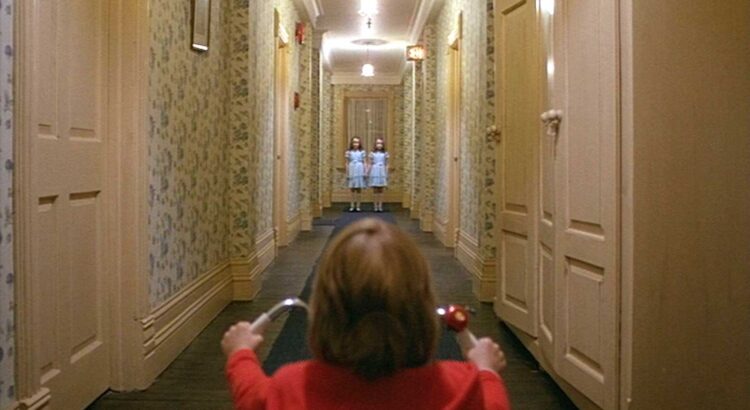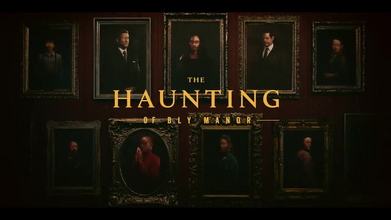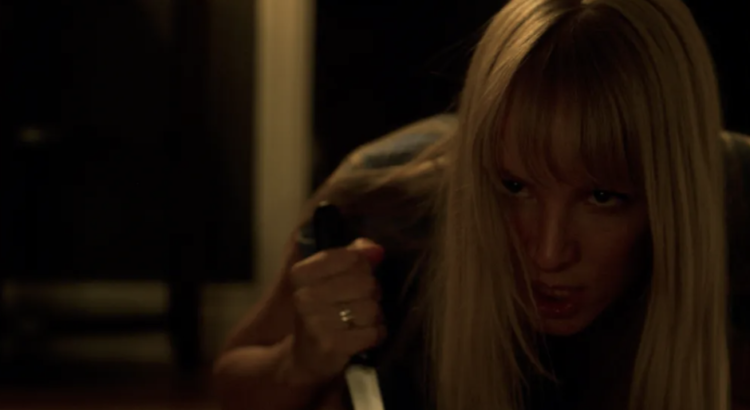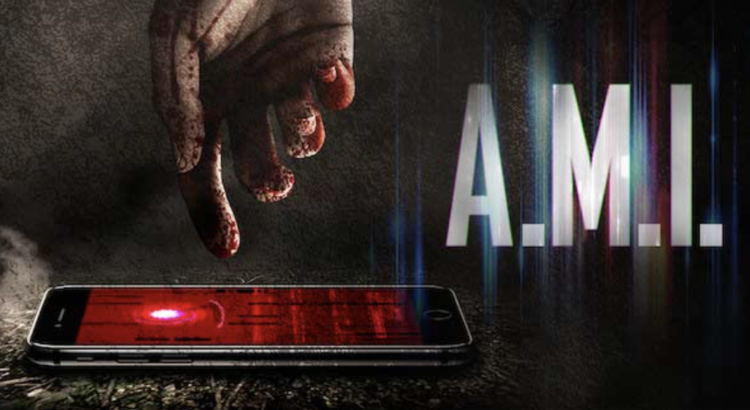On January 21st, Michigan Theater offers a very special and spine-chilling event: a one-time late-night screening of The Shining. When it comes to psychological thrillers, no film will have your heart racing like this cult classic.
Loosely based on a real setting, the 1980 film follows a family that moves into the snowy mountains to act as caretakers for a seasonally empty hotel. Without much to keep them busy, the family encounters an array of sinister forces, falling victim to the darkness of the hotel’s history; from psychic powers to hallucinations to isolation-induced insanity, the horrors accumulate as the winter progresses.
The film has gained a large following since its release, bits and pieces of it permeating pop culture. From the quote “Here’s Johnny!” to the image of two ghostly-looking girls standing in an empty hallway, each moment of The Shining offers a memorable piece of artistry that stands the test of time. Everything is intentional; after watching this film a handful of times, I still notice delicately placed details with each watch— and the electrifying acting (or was it even acting?) of Shelley Duvall and Jack Nicholson will never fail to keep me on the edge of my seat.
Experiencing a cult classic and visual masterpiece on the big screen is a rare opportunity that can’t be passed up. The lavish interior of Michigan Theater slightly parallels the elegant atmosphere of the film’s infamous hotel, adding another dimension to the immersive experience. If you enjoy horror, snowy days, big hotels, and human villains who convey demonic evil, you’ll love seeing The Shining at Michigan Theater. Grab a couple of friends and spend your Friday night celebrating an old gem.












